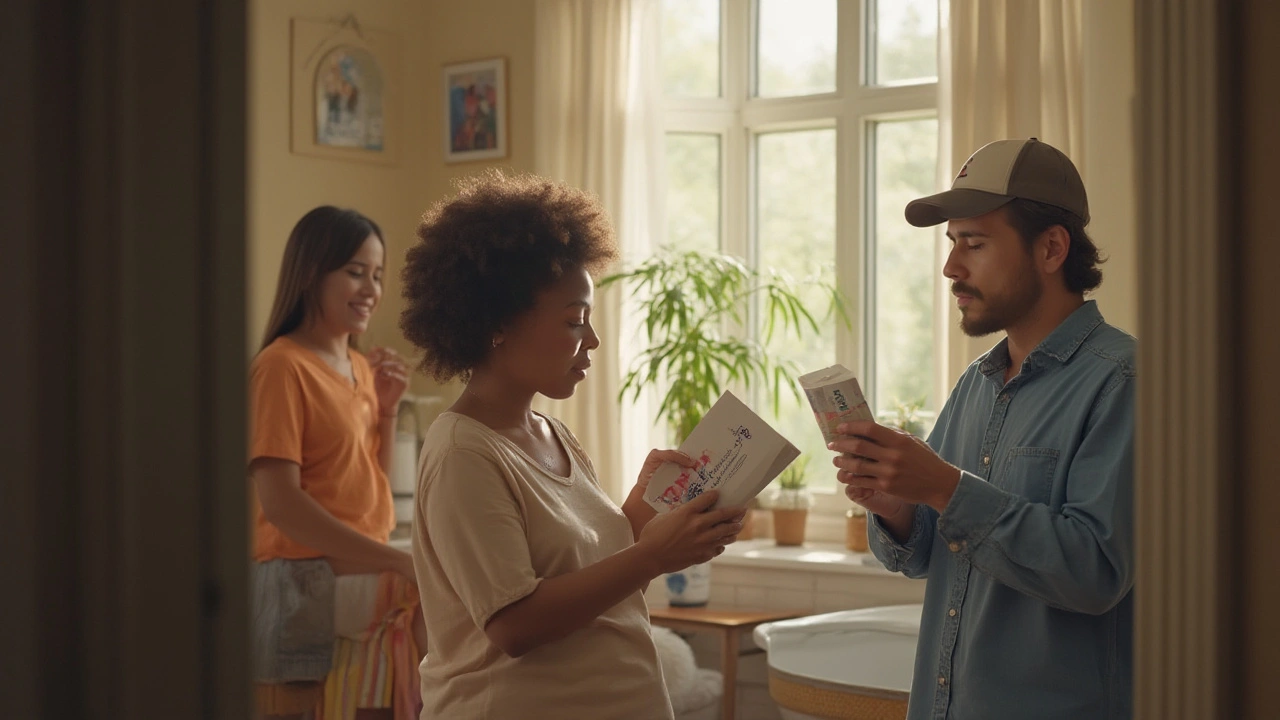Constipation Relief: Simple Steps to Get Things Moving Again
If you’re feeling backed up, you’re not alone. Lots of people hit a snag once in a while, and the good news is most cases can be fixed at home. Below are the everyday tricks that actually work, no mystery pills required.
1. Eat More Fiber – The Real MVP
Fiber adds bulk to stool and helps it slide through your gut. Aim for 25‑30 grams a day. Good sources are whole‑grain breads, oats, beans, apples, berries, and carrots. If you’re not used to a high‑fiber diet, increase slowly to avoid gas.
One easy habit is to swap white rice for brown rice or quinoa. Sprinkle a spoonful of chia or flax seeds on yogurt or smoothies – those tiny seeds pack a fiber punch without changing taste much.
2. Hydration and Movement – The Dynamic Duo
Water is the sidekick fiber needs. Try to drink at least 8 cups (about 2 liters) a day. A glass of warm water first thing in the morning can jump‑start your gut.
Exercise doesn’t have to be a marathon. A brisk 15‑minute walk after meals gets your intestines moving. Even gentle yoga poses like “wind‑relieving pose” can help release trapped gas and encourage a bowel movement.
If you’ve been sitting for long periods, stand up, stretch, or take a short walk every hour. Small breaks add up and keep the digestive tract active.
3. Over‑the‑Counter Helpers You Can Trust
When diet and water aren’t enough, there are safe OTC options. Bulk‑forming agents like psyllium (Metamucil) or methylcellulose (Citrucel) add fiber directly to stool. Start with a low dose and increase as needed.
Stool softeners such as docusate sodium (Colace) make it easier to pass without harsh cramping. If you need a quicker push, consider a gentle stimulant laxative like bisacodyl (Dulcolax) – but only for short‑term use.
Read the label, follow dosing instructions, and avoid mixing multiple laxatives at once. If you’re on other meds, check with a pharmacist to prevent interactions.
4. When to Call a Professional
Most constipation clears up with the steps above. However, see a doctor if you have any of these signs:
- Sudden, severe abdominal pain
- Blood in stool or black, tarry stools
- No bowel movement for more than three days despite home measures
- Unexplained weight loss or loss of appetite
These symptoms could mean an underlying condition that needs medical treatment.
In a clinic visit, the doctor may order blood tests, imaging, or a referral to a gastroenterologist. They can also prescribe prescription‑strength meds if needed.
5. Lifestyle Tweaks That Stick
Make constipation prevention a habit, not a one‑off fix. Keep a water bottle at your desk, set a reminder to move every hour, and plan meals that include a fruit or veg at each sitting.
Listen to your body’s cues. When you feel the urge, don’t ignore it – holding it in can make stools harder. A regular bathroom schedule, even if you don’t feel a strong urge, helps train your gut.
Finally, try to reduce stress. Chronic stress can mess with digestion. Simple breathing exercises or a short meditation can keep your gut calm.
With the right combo of fiber, fluids, movement, and sensible OTC aids, most constipation episodes can be resolved quickly. Keep these tips handy, and you’ll be back to feeling normal in no time.

